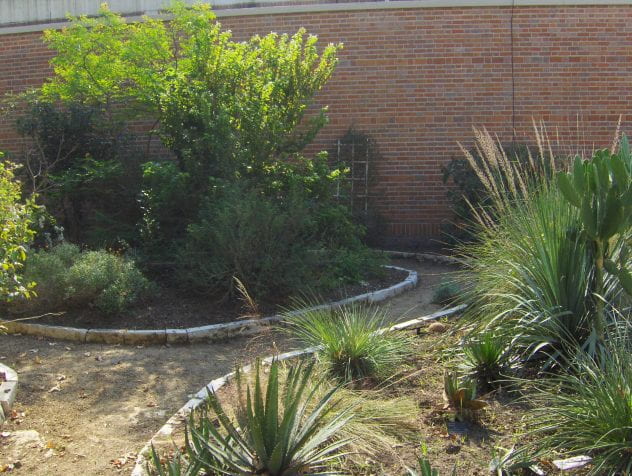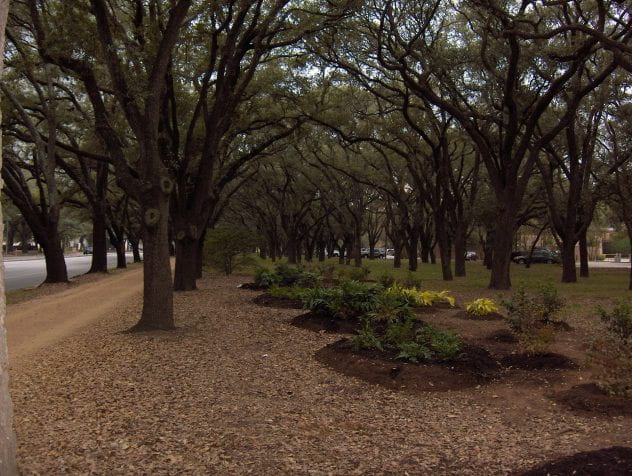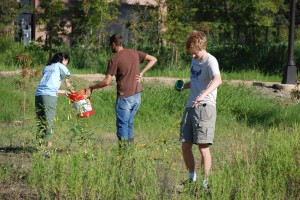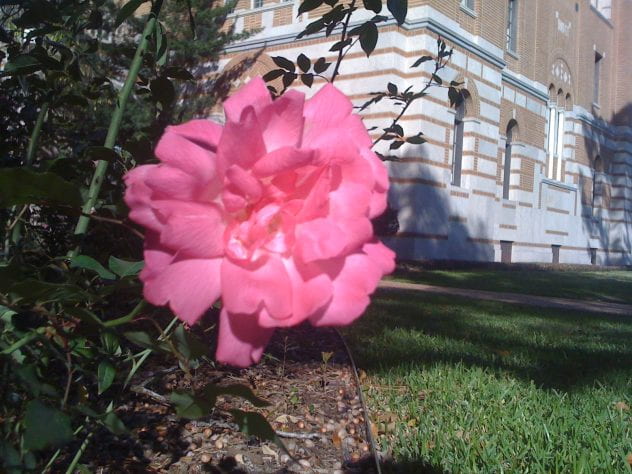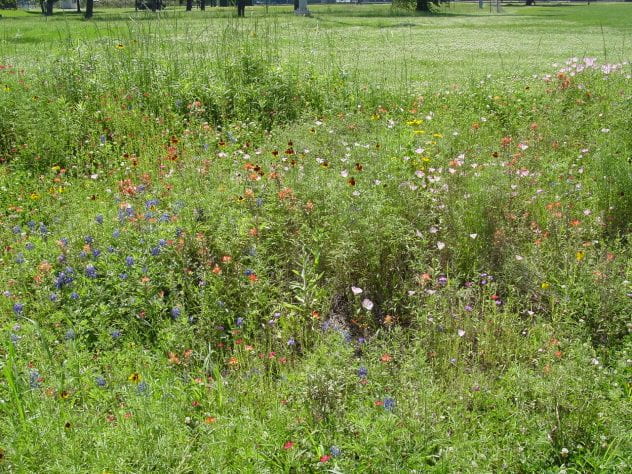Projects
Alice Liddell Garden: Located near Huff House, the Alice Liddell Garden was one of the first major Arboretum projects. The garden was dedicated in 2005 in memory of Alice York Staub Liddell ’49. It features plants from Mrs. Liddell’s own garden and a birdbath designed by Sarah Simpson ’09.
Alison’s Butterfly & Hummingbird Garden: Located near Huff House, Alison’s Butterfly & Hummingbird Garden was established in 2008. This garden features plants that naturally attract butterflies and hummingbirds.
Botany Garden: Located between Dell Butcher Hall and Anderson Biological Laboratory, the botany garden is a living laboratory for students interested in botany. This collection of plants allows students to learn first-hand about plant classification. It includes cacti, agaves, spring flowering perennials, weeds and wildflowers, some representative of Texas flora.
Entrance 2 – Main Street: The Arboretum Committee uses this site to plant new species, gauging how they grow to inform their potential future usage.
Harris Gully Natural Area: Located near Wiess College, this rare remnant of Rice’s original landscape is the subject of ongoing restoration and enhancement by the Arboretum Committee. The Houston area’s riparian woodland is replicated through plantings of native grasses, wildflowers, trees, and shrubs.
In Spring of 2024, Rice University’s Lynn R. Lowrey Arboretum will be investing in the next phase of restoration in the Harris Gully Natural Area located near the eastern boundary of the Rice campus. A natural storm water drainage feature of the gulf coast prairie landscape which predated the establishment of Rice, the Texas Medical Center and even the city of Houston itself, Harris Gully was converted to a series of underground drainage culverts–and low-lying areas were filled in to create new dry land–beginning near the turn of the last century as institutions and neighborhoods in the area began to be developed. The 2024 restoration project involves excavation to expand a portion of the Rice campus which preserved what was left of the original Harris Gully, and will help to recreate a natural native prairie wetland as a feature of the campus arboretum. When completed through reseeding of native plant species, the project will enhance the biodiversity of the area while affording researchers the opportunity to observe its regrowth and re-population from a raised pedestrian and bike bath which adjoins the gully and from the new, sustainably constructed Johnson Owl Deck.
Johnson Owl Deck: The full news article on the dedication ceremony for the Owl Deck can be found here.
Puddin Clarke Centennial Garden: Located next to Sewall Hall, the Puddin Clarke Centennial Garden was planted in the summer of 2012 in honor of Jean (‘Puddin’) Clarke and Robert L. Clarke ’63. The garden celebrates Rice’s 100th birthday and features an arc of Old Blush China roses.
Rice Centennial Tree: To commemorate Rice’s Centennial in 2012, the Lynn R. Lowrey Arboretum committee donated a burr oak, which was designated the Centennial Tree. Located at the northwest corner of the Brochstein Pavilion, it is just beyond the outdoor patio seating of the Pavilion.
Wiess Grove: Located on the south side of Wiess College, the Wiess Grove was dedicated to James and Margaret Elkins in 2007. The water efficient grove contains native grasses, native shrubs, and approximately 40 different native tree species. The trees offer a green space to relax and shield Wiess’ exposed eastern wall from the sun. For pictures of the Wiess Grove dedication ceremony, click here.
Wildflower Planting Area: Since 1999, the Arboretum Committee has sponsored the seeding of portions of the Harris Gully Natural Area with a mix of wildflower seeds each fall. The seeding leads to lovely blooms in the spring. This has been an opportunity to engage students, faculty and staff, while also allowing the greater Houston community to participate. For pictures of the plantings and blooms, click here.


